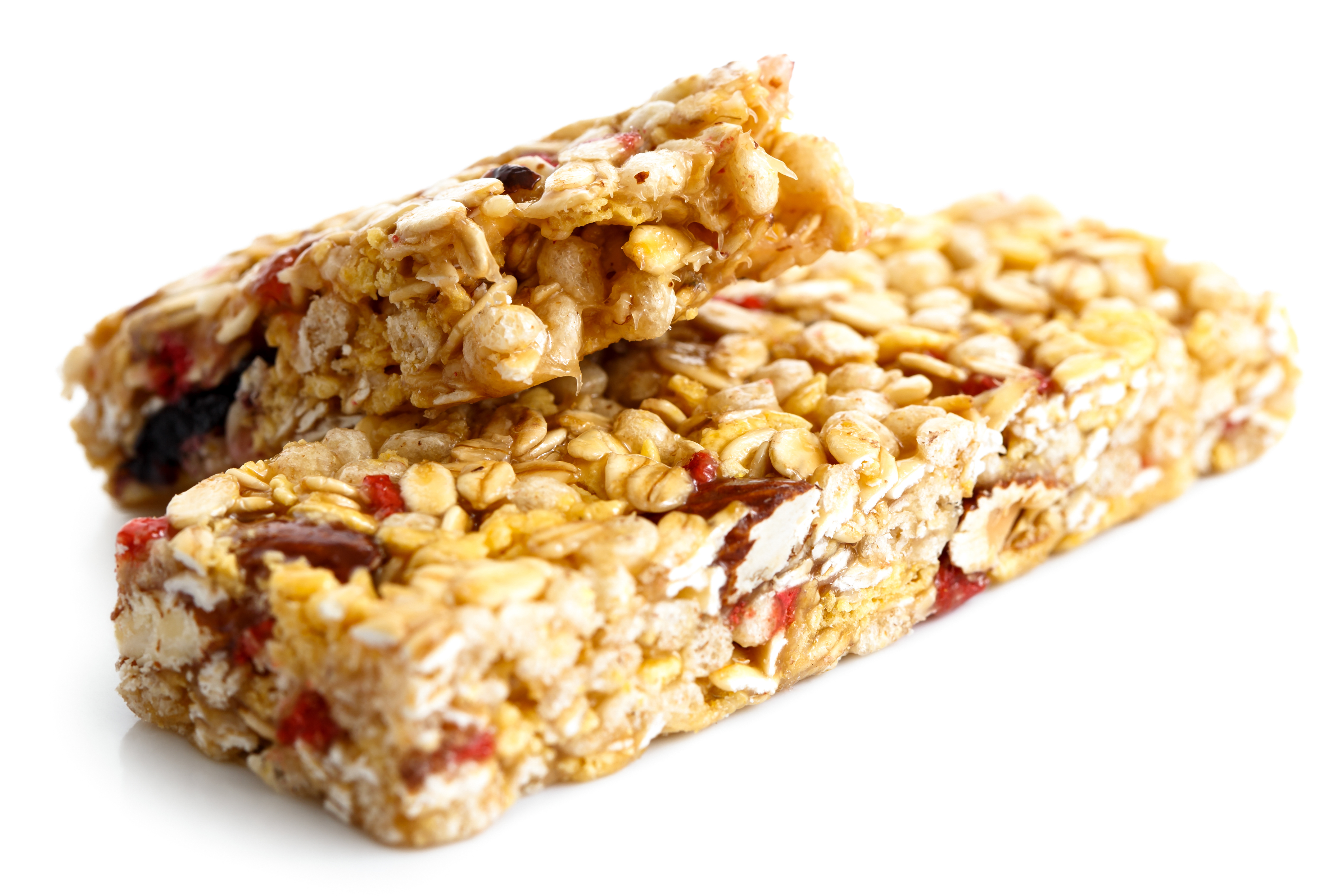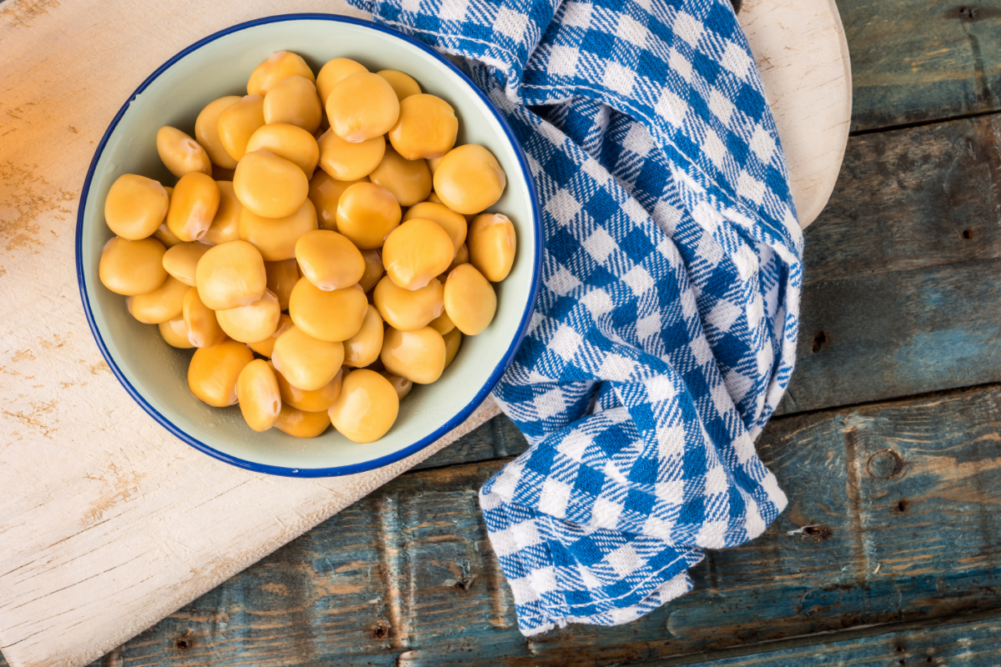KANSAS CITY — Surging, emerging and flourishing all could describe the plant protein category. Pea protein continues to increase in popularity and may keep surging for the rest of this decade. Other protein sources, like lupin bean, are emerging, and plant protein sales in general are flourishing. Selecting the appropriate protein source for baked foods applications may depend on price, nutrition and flavor. Soy protein is an example of a cost-effective option, and almond protein’s flavor may please consumers.
US retail sales of plant-based foods grew 27% in 2020, bringing the market value to $7 billion, according to data from the Plant Based Foods Association, San Francisco, and The Good Food Institute, Washington. Fifty-seven percent of US households said they purchased plant-based foods in 2020, which was up from 53% in 2019. In comparison, the total US retail food market increased 15% in 2020 as COVID-19 shuttered restaurants and consumers stocked up on food. A report from The Hartman Group, Bellevue, Wash., released this year revealed 48% of consumers are looking for products labeled as plant-based.
A survey from Ingredion, Inc., Westchester, Ill., found 67% of respondents in 2020 said added protein was important when buying a food or beverage, which was up from 57% in 2017.
“Sixty-five percent of US consumers in the study stated that they are looking for a good source of plant protein, so there definitely has been a shift in consumer perception of plant-based ingredients and proteins,” said Ricardo Rodriguez, marketing manager, bakery and confectionery categories for Ingredion. “In the same study, 64% of consumers said they are willing to pay more for foods made with plant-based ingredients, and 68% attribute more value to high protein claims.”
Expect sales of pea protein, with its non-GMO and non-allergenic traits, to increase. Future Market Insights, Dubai, United Arab Emirates, forecast the global pea protein market will reach $3.2 billion in 2021 and then climb to $12.31 billion by the end of 2031 thanks to a compound annual growth rate of 14%. Future Market Insights forecast the US market for pea protein to account for nearly 82% of the North American market by 2031.
Pea protein is sourced from yellow pea seed varieties specially selected to minimize off-notes, said McKenna Mills, senior technical services specialist for bakery for Cargill, Minneapolis. The peas then are processed without the use of hexanes to bring out the best possible flavor. Cargill and Puris, a pea-based ingredient company that contracts with farmers, operate a joint venture that offers different pea proteins for different application needs.
“For example, some Puris pea protein SKUs (stock-keeping units) are better suited to crackers where it’s important to prevent staling and moisture migration,” Ms. Mills said. “Other SKUs work better in breads where controlling dough viscosity is a bigger priority. Puris even offers pea protein crisps, a great way to introduce a unique texture experience into a bar or snacking application.”
Globally, overall food and beverage product launches that promote pea protein have doubled in the last five years, said Stephanie Mattucci, associate director, global food science for Mintel. Year-to-date pea protein has been promoted in about 1% of overall global new product food and beverage launches, which compares to less than 0.5% five years ago, according to Mintel’s Global New Products Database (GNPD).
“Now pea protein has certainly become the darling of the plant-based movement, but it wasn’t an overnight success.,” Ms. Mattucci said Aug. 25 in the Trends and Innovation virtual webinar presented by Food Business News, a sister publication of Milling & Baking News.
A sweeter lupin
CK Ingredients, Oakville, Ont., is working to grow awareness and use of lupin beans.
“CK has been devoted to growing this market for six years now,” said Michael Chernyak, president. “Innovation takes time to launch and needs to be adaptable to be a solution to consumers’ problems that are hard to articulate in the early days. Finally, we are getting to a point where we can articulate consumers’ desires for front-of-pack claims — verbiage like plant-based protein, ‘high in protein,’ ‘high in fiber,’ ‘keto,’ ‘low-net carb,’ ‘diabetic-friendly,’ ‘low-glycemic index,’ ‘sustainable,’ and ‘superfood.’”
 The lupin bean dates to ancient Egypt when it had a bitter taste due to high levels of alkaloids, Mr. Chernyak said. The LuPro ingredient from CK Ingredients, however, is made from a sweet lupin variety with lower alkaloid levels. It is about 40% protein, 30% fiber and has a glycemic index of 11. The lupin bean contains prebiotics, vitamins and minerals.
The lupin bean dates to ancient Egypt when it had a bitter taste due to high levels of alkaloids, Mr. Chernyak said. The LuPro ingredient from CK Ingredients, however, is made from a sweet lupin variety with lower alkaloid levels. It is about 40% protein, 30% fiber and has a glycemic index of 11. The lupin bean contains prebiotics, vitamins and minerals.
“It’s a very complete food,” he said. “We don’t stand up next to pea and rice protein concentrates and isolates, as they are strictly protein stories, while we’re much more than that.”
Potential applications for lupin beans include baked foods, bakery mixes, snacks, crackers and pasta as well as plant-based dairy alternatives, plant-based meat alternatives, smoothie mixes, oatmeal, granola and nutrition snack bars.
“We believe that lupin bean will co-exist with pea protein and other plant protein sources — that they will be used in combination, to assist food developers in meeting nutritional/formulation targets,” Mr. Chernyak said.
Soy, wheat leading sources
While pea protein has increased in use, it still trails other plant protein sources. About 3% of global new food and beverage product launches contained soy protein in 2020, and more than 2% featured wheat protein, according to Mintel GNPD data.
Soy protein has good supply chain availability and is cost-effective, said Ms. Mills of Cargill.
“It’s also highly functional,” she said. “Soy flour is used in baked goods, especially sweet baked goods like snack cakes, for partial replacement of eggs as a cost-saving measure. It can also improve the elasticity of doughs, help control the viscosity of batters and enhance the crumb structure of breads. In donuts and other fried products, soy protein can help reduce fat absorption. It’s also used in some gluten-free bakery applications where it adds body and viscosity to batters.”
Manildra USA, Leawood, Kan., offers GemPro wheat proteins, each one with a unique functional benefit, said Brook Carson, vice president of product development.
“For example, GemPro HPG is used to enhance texture by providing a firm and chewy bite,” she said. “GemPro Plus is ideal for replacing eggs in cakes because it provides enough structure to support volume but also resilience.”
Adding GemPro Prime-W helps to achieve a soft and chewy bite in cookies. Gem Pro Ultra’s solubility works well for soft baked cookies. GemPro 4400 gives formulators a slightly more rigid cookie. In muffins, GemPro Plus boosts resilience and GemPro 3300 promotes aeration.
“By considering the rheology in production and the texture of the finished product, you can select the best GemPro ingredient to meet your protein goals,” Ms. Carson said. “Wheat protein has a unique viscoelastic quality, contributing to the ability to give strength and a nice, chewy bite to bakery and snacks. However, when we take full advantage of this unique quality, we can enhance texture in more ways than ever before.”
The case for quinoa flour
Both Ardent Mills LLC, Denver, and Ingredion, Inc., Westchester, Ill., are working with quinoa flour and pulse flour.
Ardent Mills completed the acquisition of Hinrichs Trading Co., a chickpea sourcing, cleaning and packaging business based in Pullman, Wash., earlier this year. Chickpeas, along with yellow peas, lentils and beans, are pulses. Ardent Mills sources quinoa from Colorado. Chickpeas contain essential amino acids, including lysine and arginine, but they are deficient in the sulfur-containing amino acids methionine and cystine, which can be complemented by adding cereals to the diet, said Angela Ichwan, senior director of research and development for the Annex by Ardent Mills, a business of Ardent Mills. Chickpea protein works in protein blends because it has a subtle flavor that does not overpower the taste profile of the finished product, she added.
Both quinoa flour and pulse flour perform well in a variety of applications, including gluten-free or traditional baked foods, batters and breadings, pasta and more, said Erin Nese, technologist, commercial innovation acceleration for Ingredion. The company’s Homecraft pulse flours range from 10% to 30% protein on a dry basis. Homecraft Quinoa 112 flour is 12% to 13% protein on a dry basis.
Quinoa and pulse flours provide more protein, fiber and micronutrients compared to traditional gluten-free flours such as rice or tapioca.
“Using Homecraft pulse flours can improve gluten-free crumb color and browning in baked goods, deliver a crispy texture in snack applications, and provide good product volume and shelf life stability in gluten-free sweet goods,” Ms. Nese said. “Using Homecraft Quinoa 112 flour can improve freeze/thaw stability of gluten-free bread, help with dough handling and moisture retention in gluten-free pizza crust, and can replace up to 100% of bulk flour in a gluten-free cookie.”
 The flavor of almonds
The flavor of almonds
Almond protein powder provides taste and texture benefits along with high-fiber and low-fat content, said Laura Gerhard, vice president of Blue Diamond Global Ingredients Division, Sacramento, Calif. It helps create a mild and balanced flavor profile that complements virtually any application.
“Also, the powder is milled to an ultra-fine granulation, allowing for a smooth mouthfeel,” she said. “The combination of these attributes makes it possible for formulators to use almond protein powder as a base for protein-enriched bakery products that have great taste, ideal texture and a simpler label.”
In cookies and brownies, almond protein powder provides a neutral background to build a desired flavor profile, and it has high water-absorption properties that allow for chewier textures, she said.
Almond protein powder may be incorporated into gluten-free flour mixes as well.
Other plants to consider
A variety of plants are showing up in items from Rich Products Corp., Buffalo, NY. Plant-based pizza crusts and flatbreads combine wheat with vegetables like cauliflower, sweet potato and zucchini, said Julie Altobello, senior marketing manager of health and authenticity. Each vegetable has its own flavor profile.
“We also have a sweet potato brioche and cauliflower roll dough, which add another element of yum to sandwiches,” she said.
More consumers are recognizing plant-based foods can be a part of their diets.
“They don’t have to be vegan, vegetarian or follow a restrictive diet to eat plant-based,” Ms. Altobello said. “Plant-based can be just as flavorful and indulgent as animal-based products. It’s about making the foods consumers love even better by using ingredients they feel good about eating.”





